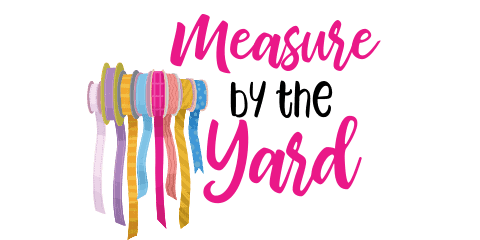Everyone’s first impression of a tailor’s job is that it involves joining pieces of fabric together using needle and thread. But as reality will have it, tailors use more than just needle and thread to do what they do.
In many instances such as in making appliques, a tailor will employ adhesives for joining fabrics. An example of such adhesive is heat and bond.
So, what is heat and bond? Heat and bond is a paper-like adhesive used on fabric. Its adhesion is activated by applying heat to it (usually heat from an iron). Some heat and bond are double-sided while some are single-sided. Some can be sewn through while some should not be sewn through.
When is it appropriate to use the different types of heat and bond? Can you sew through heat and bond? We shall answer these questions and a lot more in the paragraphs to come.
Types of Heat and Bond
Double-sided heat and bond is used to join fabrics together. It is best used for joining small pieces of fabric to larger pieces. If used to join larger pieces of fabric to each other, chances are they will separate sooner than later.
Double-sided heat and bond is also important when you want to avoid creasing, fraying, and when you want to ensure the fabric stays. One advantage of using heat and bond is that you can easily cut and sew the right shape.
Single-sided heat and bond on the other hand attaches only to one side. This type of heat and bond is commonly attached to fabric to make the fabric a bit more rigid. But it is also useful to avoid creasing and fraying.
Can You Sew Through Heat and Bond?
You should be able to sew through most heat and bond. But this depends on the amount of gum infused into the heat and bond.
You will come across some heat and bond labeled ‘ultra hold’ or ‘no-sew’. These types of heat and bond contain a lot of adhesive. Sewing through them can be very tough because the adhesive gets on the needle and makes it sticky.
When the needle becomes sticky, its movement through the fabric is restricted. With a sticky needle, sewing becomes tough, the thread breaks, and everything becomes messy.
On the flip side, the lite variants of heat and bond have less adhesive. They will not carry a ‘no-sew’ label on their package. These types are less likely to make the needle sticky and can be sewn through easily.
Can you sew through it with a machine?
Yes, you can sew through heat and bond with a sewing machine. You can also sew through it with your hands. But you may have to put some things in place to ensure an easy sewing process.
Reasons Why You Might Need to Sew Through Heat and Bond
Generally, when you use heat and bond lite, you may have to sew through it. Since it contains a lower amount of adhesive, the fabrics can easily separate when you wash them or when they are ironed repeatedly.
Also, if you are making an applique, you will most likely need to sew through the heat and bond. The stitches from your sewing can be a part of the applique’s design. But that’s not even the most important reason for sewing them.
The fabric you are attaching to the background fabric can unravel if you join them using only heat and bond. But if you sew this piece to the background piece, the chances of this happening are greatly reduced.
Special Requirements for Needles and Thread

There’s always that possibility that your needle can become sticky even when you are using heat and bond lite. When the needle becomes sticky, the thread may break easily and sewing becomes impossible.
One factor that causes this stickiness is heat. As the needle and thread run through the fabric, they become hotter due to friction. As they become hotter, the adhesive in the heat and bond is activated and it sticks to the needle and thread.
The good news is you can circumvent this problem. To avoid this problem, opt for titanium-coated embroidery needle. Titanium-coated embroidery needles do not readily get hot and are unlikely to shred your thread.
You may also coat the thread and the needle with a lubricant. Liquid silicon is commonly used for this purpose. It makes your needle and thread slippery and prevents them from getting sticky.
If you intend to sew through heat and bond, get the type that does not have a lot of adhesive. Also, ensure that your thread and needle are designed or treated to resist stickiness.
Resources
- https://www.michaels.com/adh%C3%A9sif-%C3%A0-repasser-heat-n-bond%2C-super-tenue/10407676.html
- https://smittendolls.com/how-to-use-heat-n-bond-lite-on-fleece%E2%80%8B/
- https://www.quiltingboard.com/main-f1/heat-n-bond-question-t267740.html
- https://www.mollyandmama.com.au/the-basics-of-applique/
- https://weallsew.com/needle-tip-for-fusers/
- https://www.generations-quilt-patterns.com/fusible-web-makes-needle-gummy.html
